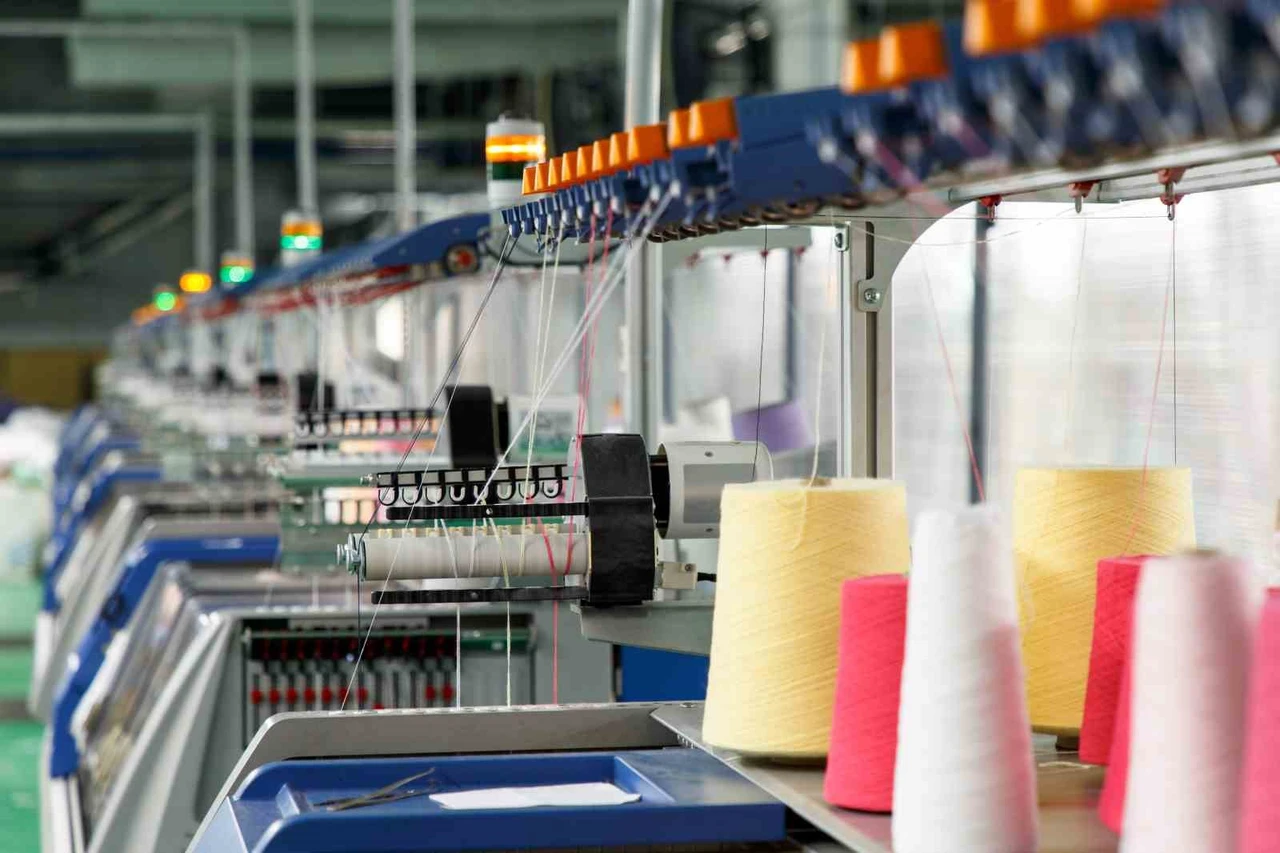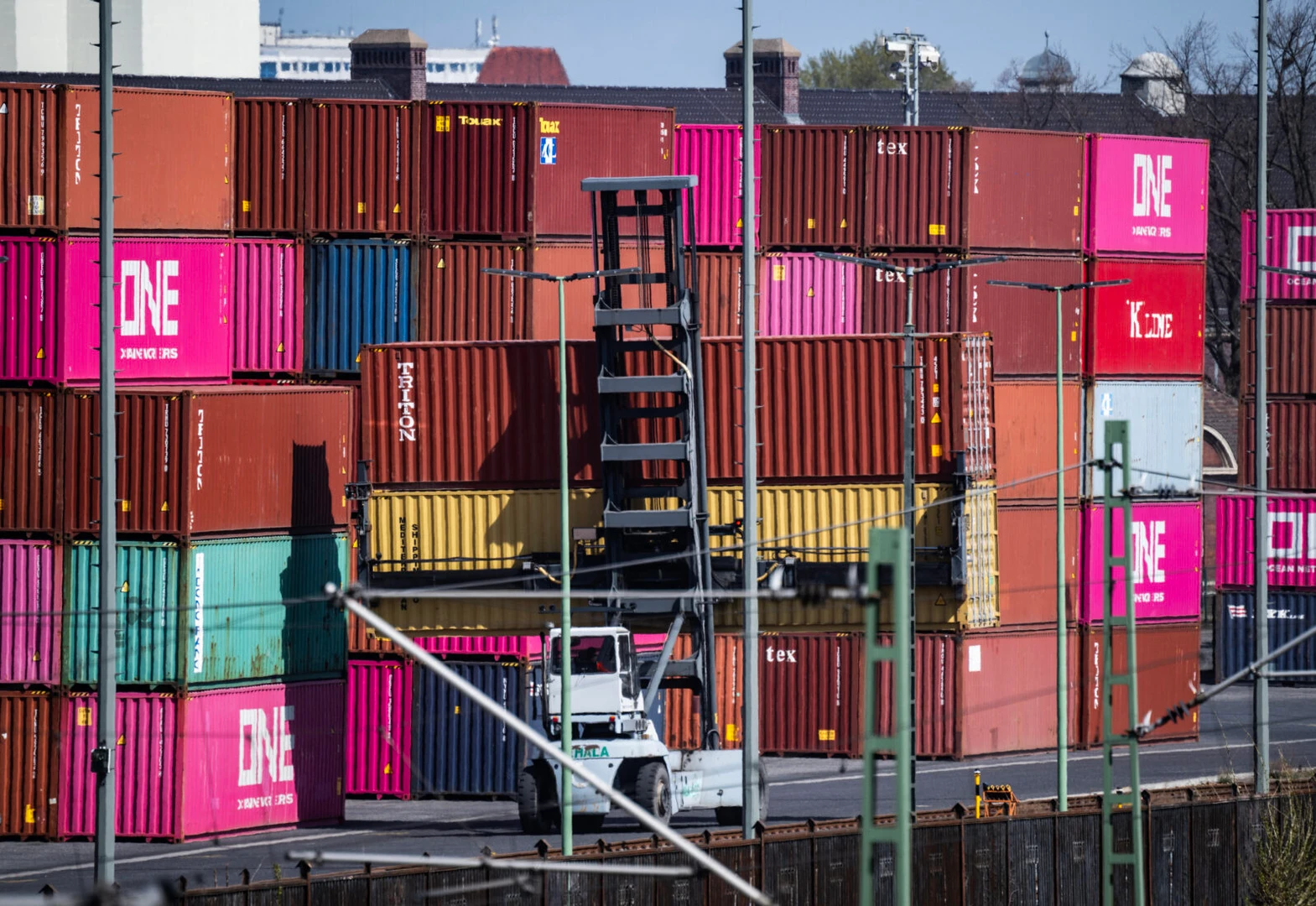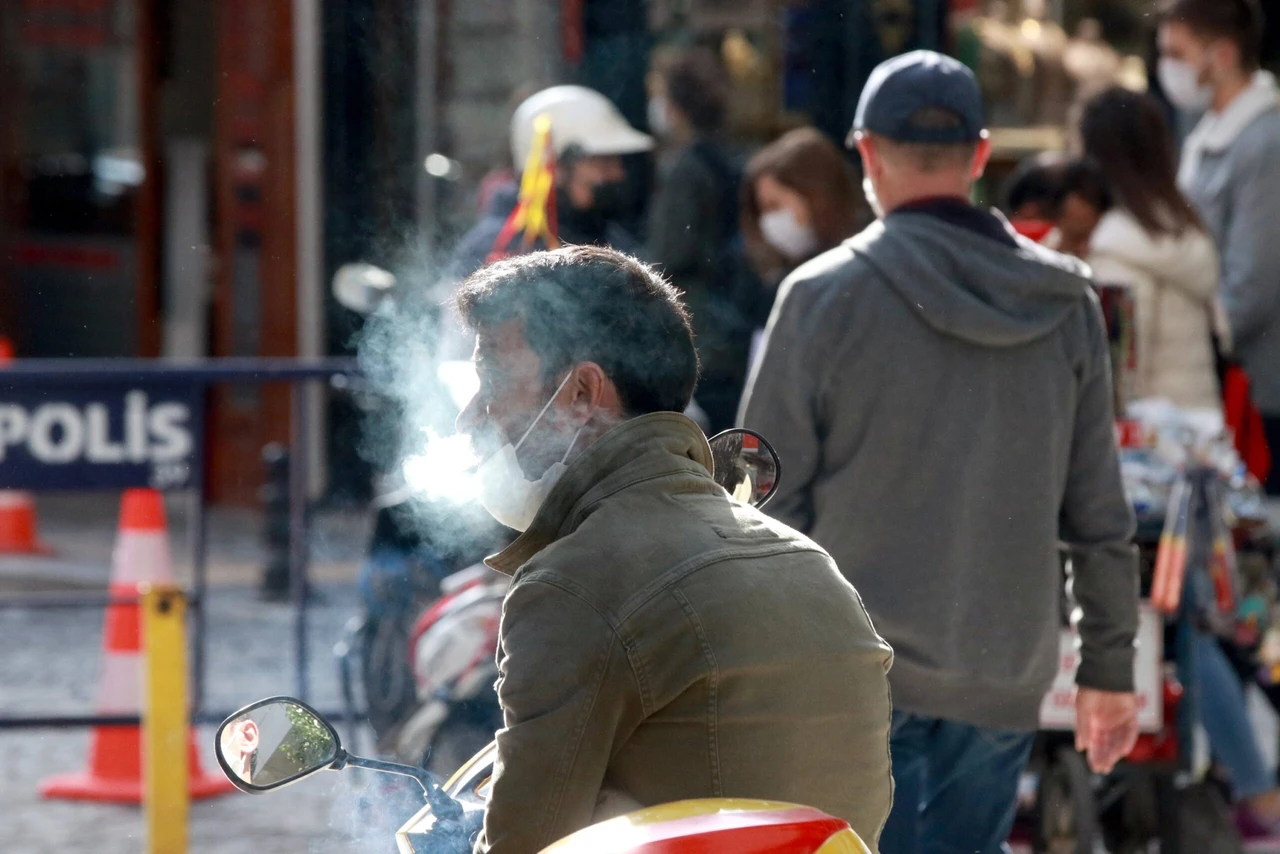Euro surge offers fresh tailwind for Turkish textiles, weaving new paths
 Automated machines spin and wind colored yarns in a modern textile production facility in Türkiye, accessed on April 14, 2025. (IHA Photo)
Automated machines spin and wind colored yarns in a modern textile production facility in Türkiye, accessed on April 14, 2025. (IHA Photo)
A recent rise in the euro-dollar exchange rate is expected to provide a much-needed boost to Türkiye’s export performance, particularly in the sluggish textile sector, which relies heavily on trade with European markets.
Amid rising costs, labor shortages, and currency fluctuations, many Turkish textile manufacturers relocated production abroad—especially to Egypt—as the number of companies declined from 61,352 to 59,101 because of the bankruptcies. In 2024, the sector shed 65,581 jobs, bringing total employment down to 959,395—its lowest in four years—while exports dropped by 8% to around $31 billion–$32 billion.
On the other hand, appreciation of the euro against the U.S. dollar—reaching its highest level since February 2022 at 1.1474 before stabilizing at 1.1365—could positively impact Turkish exporters. As the euro strengthens, Turkish goods become relatively more affordable for European buyers, potentially improving competitiveness and export volumes.

The dollar index, which tracks the U.S. currency against major global currencies, recently dropped to 99.014—its lowest level in three years—amid concerns over protectionist trade policies introduced by the Trump administration. This decline has boosted the appeal of non-dollar assets and raised expectations of a U.S. economic slowdown while also reinforcing the EU economy’s position as a resilient alternative.
European expansion key to recovery
Trade data released by the Turkish Exporters Assembly (TIM) reveals that Türkiye exported $65.3 billion worth of goods in the first quarter of 2025, with more than half—$33.07 billion—going to European countries. The textile sector, a key pillar of Türkiye’s manufacturing base, contributed $2.42 billion in export revenue during the same period, selling to 188 countries and free trade zones.
Of that total, $925 million came from exports to European Union member states, with Italy emerging as the top destination at $196 million, followed by Spain and Egypt. Fabric exports led the sector with $1.47 billion in sales, while yarn and fiber exports followed at $609.8 million and $342.9 million, respectively.

Ahmet Fikret Kileci, chair of the TIM Textile and Raw Materials Sector Board, stated that the industry is showing signs of recovery and aims to strengthen its position in global markets in 2025. Kileci said the sector is not only an industrial branch but also a reflection of Türkiye’s culture and traditions, serving as one of its strongest global gateways. He added that in 2025, the industry aims to take bolder steps in alternative markets to enhance its global visibility.
Kileci underscored the importance of transformation, noting that growth must now be aligned with sustainable and tech-integrated manufacturing processes. “We are in an era where transforming production is essential. Building a sustainable, environmentally friendly, and digitally connected model is crucial for the industry’s future,” he said.



